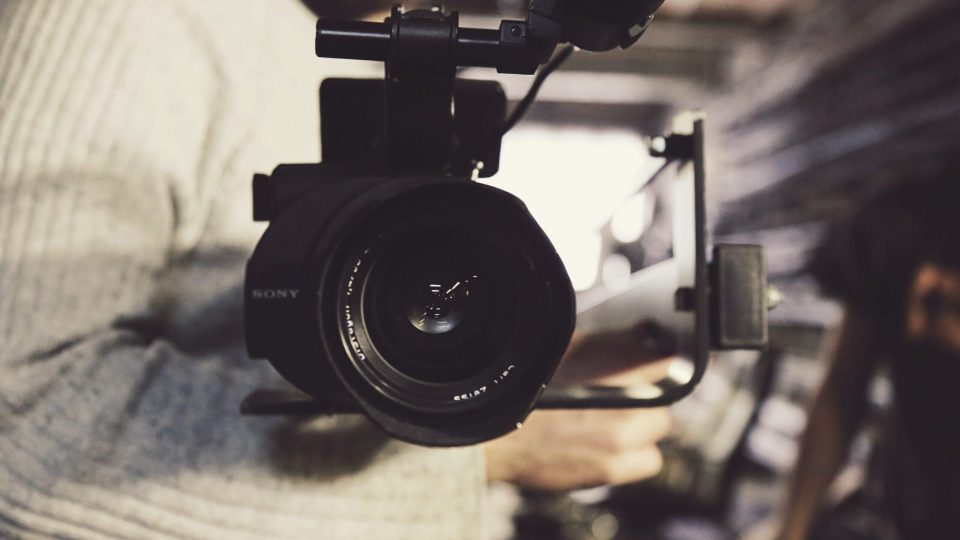
A “No-cost Course” Means New Solutions for Accessible, High-quality Material [1]
This article is a part of the What Does it Mean to Design for Scale? series.
Everyone loves a good textbook, right? Or an online article, and a relevant YouTube video or two to get the point across? But implementing these resources can either be costly to learners, unwittingly violate copyright restrictions, or both.
That said, a scalable course doesn’t equal an empty shell, or subpar content; it’s quite the opposite, actually. The focus is still on purposeful design, accessibility, and now a combination of these three primary sources:
- Open Educational Resources (OERs): Sourcing OERs involves identifying scholarly, relevant, multimodal material, free of charge and copyright restrictions.
- Fair Use material: This consists of making a “fair use argument” in favor of using material otherwise under copyright, by measuring it against a set of criteria.
- Original content across all media: This means, for instance, authoring original text; scripting and recording original videos (including recruiting guest lecturers and storyboarding voice-overs); spec-ing out custom interactive tools (including assessment types); and working with a designer on custom graphics.
Open Educational Resources
Open Educational Resources are part and parcel of Open Education, a philosophy that advocates for equal access to high-quality educational resources and experiences, where students can be more engaged in their education [2]. And OERs, as an extension of that philosophy, include any type of material in the public domain, and published under open licenses that specify how you can use that material. (Creative Commons is a prime example.) OERs aren’t inflexible; more often than not, you can modify, remix, and repurpose them as needed (but you’ll still need to provide appropriate attribution!).
For instance, if you find yourself lonesome for your textbook, or you want to extract a few excerpts from one, OpenStax may be just the salve to mitigate that. (OpenStax textbooks have already been meaningfully incorporated into several Universal Learner Courses.) Check out the ASU Library’s OER search and quick start guides. Your instructional designer (ID) can also help you get started.
Fair Use
Under the provision of fair use, in broad terms, you can copy and distribute copyrighted work, in limited and transformative measure, without permission from the copyright owner. In essence, a fair use argument is a defense against a copyright violation claim, as long as your use case qualifies [3]. Making a fair use argument requires careful consideration, but the evaluation process isn’t complicated, or mired in legalese. Essentially, you assess your intended implementation based on a set of four factors, taken together, and write up a brief rationale (i.e., a paragraph) for your records. Access ASU Library’s fair use guide and easy-to-use assessment checklists, or reach out to your ID to learn more.
Original Content
No matter one’s level and area of expertise, it’s safe to say that approaching course design as though one were writing a book, scripting, storyboarding, and recording video, or working with a development team to design custom interactive tools and graphics may be uncharted territory. Creating anything original takes time. And doing so in a way that’s effective for a large, varied population can feel like a major undertaking. But remember, designing for scale is an iterative process and a group effort; there’s a team of people with respective areas of expertise, ready and waiting to help make it all happen.
Accessibility: Equal Access and Full Participation for All
One of the biggest design challenges of scale is the varied learner audience, which not only includes different socioeconomic circumstances, but also learners with disabilities, different levels of digital literacy and English language acquisition, and different cultural backgrounds. Therefore, it will be important to take accessibility into account when sourcing and creating content. This may mean being vigilant about global English to make things easily understood by native and non-native speakers alike, (e.g., active vs. passive voice, avoiding idioms and metaphors, being mindful of cultural references in the absence of context); providing transcripts and other text-based alternatives for video and graphics, respectively; implementing self-describing links and meeting color / contrast sensitivity standards; formatting text-based documents for readability; and requesting accessibility testing for technology integrations, among others.
A University Technology Office initiative, ASU’s accessibility site is a great primer. (There are also workshops and an asynchronous course!). But just as with anything else when designing for scale, whether accessibility is old hat or brand new, you’ll have a team of experts by your side.
Jill Roter is a Senior Instructional Designer at Arizona State University.
[1] Leo, L. and Roter, J. (2020). Unique challenges and successes in developing open scale courses [PowerPoint slides].
[2] Perry, A. M. (2020, August 17). Open education. ASU Library. https://libguides.asu.edu/OpenEducation
[3] Stanford University Libraries. (n.d.) What is fair use? https://fairuse.stanford.edu/overview/fair-use/what-is-fair-use/
Leave a Comment
Your email address will not be published. Required fields are marked *